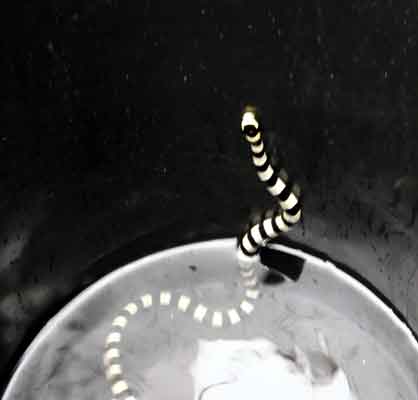
Emmett's Creature of the Month s/v Uliad
On this page, I will tell you about the latest interesting living thing that I have found while sailing around the world. If you have questions about it, you can email me and maybe I will know the answer. --Emmett

Yellow banded sea snakes are quite interesting. In the water they look like a slippery rope. Yellow banded sea snakes have vibrant yellow stripes running vertically along their body. Their tails are like small wooden paddles propelling them through the water. We caught this one in a bucket when he was swimming around our boat. They are extremely poisonous, but their mouths are so tiny that they're not very dangerous to humans. I find them very unique.
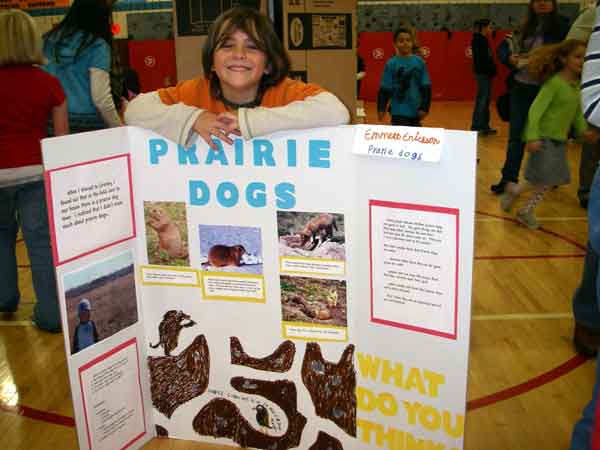
Here in Colorado, we have a Prairie dog town in a field near our condominium. I did my school science project on prairie dogs to learn more about them. It is hard to get a good photo of prairie dogs because they hide in their holes long before you can get close enough.

We have a new passenger aboard Uliad, we haven't given him a name yet but we have a gecko living with us!!! He somehow snuck aboard in the dingy or at a dock! We don't mind him being here because he eats bugs, and is kind of like a pet. He is only about 2 inches long and is yellow with tan-orange spots.
He crawl around by the windows and tries to keep out of site. Mom says the first time it tries to crawl on her, it's losing it's "pet" status. But Dad says it won't do that unless it's chasing flies.
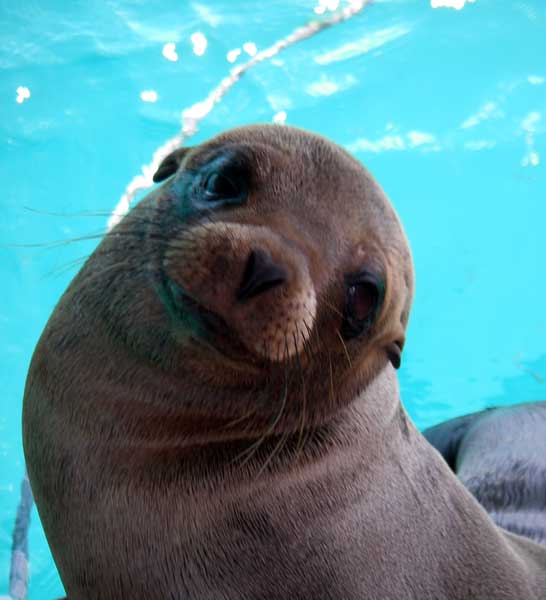
These are the sea lions that as soon as we got to Galapagos I instantly fell in love with. We have had very many sleeping on the back of our boat and 1 or 2 in the dinghy. We have a couple sea lions that keep coming back again. I went to Lobo Island and I got to swim with and touch a bunch of wild sea lions. They are very playful and easygoing creatures!
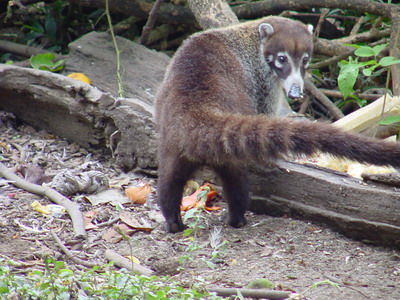
When we were in Panama, we went hiking and saw a White Nosed Coati. They were afraid of us and ran off into the jungle. They look like a lemur or a raccoon because they have a ringed tail and 4 legs, but unlike a lemur they have a long, pointy snout. They are omnivores and live all through Central America.
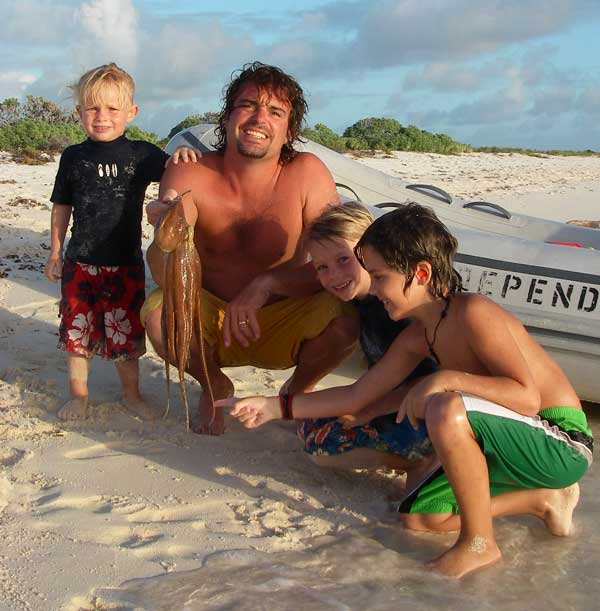
My Dad and his friend Otis went hunting for lobsters, and Otis found an octopus instead. You have to spear the octopus in the big blobby head part because that is where the guts are instead of all over the body. Otis brought it out of his hunting bag and I got to touch it. When I touched the tentacle, the little suckers started to wrap around my finger and it is hard to get off! It was a very sticky experience!
At first I was kind of nervous when he pulled it out of the bag. Ben (the boy next to me) and I were screaming with delight. Ocotpi are very interesting creatures and it was cool to see one up close. They are nocturnal, so it is unusual to see one in the day time. Two days later while snorkeling, we saw a hole with little shells scattered around outside it. Dad said that this was an octopus den because they pull open clams with their strong tentacles and eat them
After this photo was taken, we put the octopus back in the bag. Then it started to wrap around one of the oars in the dinghy and it tried to escape! My dad cut it open later and cleaned it. Otis cooked the octopus and I got to taste it. Octopus tastes very chewy and kind of tough. I didn't really like it
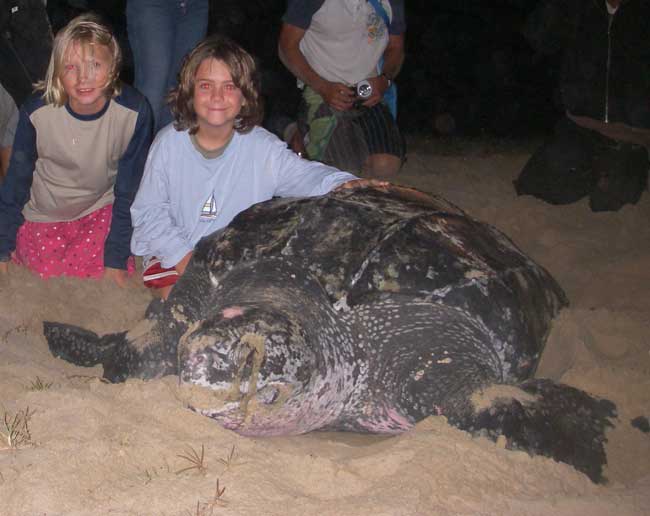
On the island of St. Lucia, we went turtle watching one night. We stayed up late and hiked the beach looking for turtle tracks. Finally, we found this leatherback turtle digging its nest. We waited quietly so we didn't disturb her. I got to sneak up behind her to watch her work. I was amazed; her fins are very powerful. After digging a two foot deep hole in the sand, she started laying eggs!
While laying eggs, sea turtles go into a sort of trance. So now we could talk, turn on lights, and take pictures without stressing her. We also got to touch her. Her shell felt dry and rubbery. The naturalists who protect this beach from poachers measured her. The shell was 4 feet, 8 inches long. They said this was on the small side for a leatherback! She laid 83 eggs, then she spent about 45 minutes flipping sand to bury the eggs. Then she crawled back to the sea and left. I felt happy because she had done her job and her babies would hatch soon.
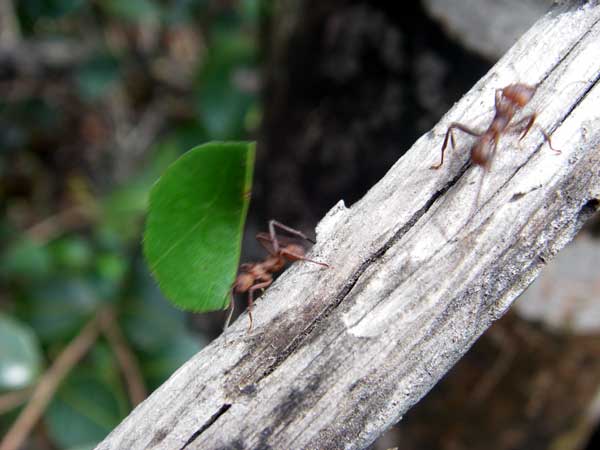
While hiking on the island of Guadeloupe, we found a line of little ants carrying pieces of leaf down the trunk of a tree. It looked like a leaf parade. Leafcutter ants bite off pieces of leaf to carry them back to their nest. They don't eat the leaves, they chew them into a paste. When a fungus starts growing on the leaf paste, they eat that!
We watched them all follow the same path: down the tree, across a stick, over a rock, then into the brush to their nest. Some people call them Parasol Ants because when they carry the leaf over their head it looks like they're holding little parasols to shade themselves from the sun.
Graphic Design by Round the Bend Wizards